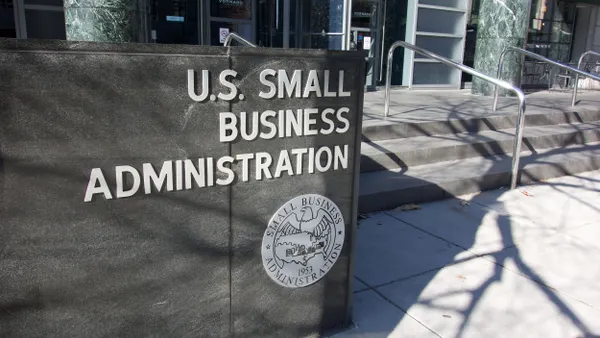Competition for skilled labor has reached a critical point, with a staggering 75% of employers globally struggling to find the talent they need. The ripple effects are profound in the U.S. manufacturing sector. According to the National Association of Manufacturers’ 2025 State of Manufacturing Workforce Address, the United States will have 3.8 million open manufacturing positions by 2033, and nearly half of those — a shortfall of 1.9 million workers — could remain permanently unfilled.
A key question for manufacturing leaders is whether they should build or buy talent. There are pros and cons to each route. However, choosing to upskill and reskill employees can play a critical role in establishing a resilient workforce and boosting the bottom line.
Upskilling and reskilling save money
The Society for Human Resource Management (SHRM) found that the total cost of a new hire is nearly three-to-four times the position's salary. In other words, when hiring a procurement manager — a position that competitively makes on average $128,000 annually — the total cost of recruitment could run $512,000.
The numbers only increase further up the professional ladder. Recent benchmarking from SHRM shows that “the 2025 cost-per-hire for executive roles reached $10,625, representing a striking 113% increase from 2017 and a 21% rise from 2022.”
New hires increase training budgets
Finding the right candidate is followed by the critical step of aligning the new employee with organizational goals, responsibilities and necessary business technology. Training magazine reports that organizations spend $101.8 billion on training new and current employees. And that billion-dollar figure does not include costs associated with recruitment. If the organization is already investing heavily in training programs, focusing on employee retention is the logical next step.
Keep a competitive edge
Retaining the manufacturing workforce offers numerous benefits beyond financial savings. It crucially reduces departmental disruptions that could cause unnecessary stress. Consider this scenario: A streamlined logistics team is responsible for coordinating the movement of raw materials, components, and finished goods across multiple production lines. Suddenly, the logistics manager — who’s spent five years mastering the plant’s unique workflows, supplier relationships and compliance requirements — leaves the company. In manufacturing, this isn’t just a personnel loss; it’s an immediate and serious disruption to the entire manufacturing supply chain.
Replacing a logistics manager in manufacturing is rarely quick or easy, as the specialized knowledge they hold cannot be easily transferred. This expertise — critical for optimizing inventory, managing just-in-time deliveries, and troubleshooting equipment or vendor issues — is vital. Their departure means the remaining team must absorb complex responsibilities, dramatically increasing the risk of costly bottlenecks, missed shipments and increased overtime.
Worse still, valuable institutional knowledge about key manufacturing processes, safety protocols and supplier negotiations may walk out the door — perhaps directly to a competitor. This loss can directly affect production efficiency, customer satisfaction and even regulatory compliance, underscoring why knowledge retention and internal talent development are mission-critical priorities for manufacturing leaders.
How upskilling and reskilling reduce recruitment costs
In terms of cost analysis, on average, companies spend about $954 per learner. That’s $511,046 less than the average cost of a new hire. Not only do upskilling and reskilling save the organization money; they also make the workforce more resilient.
Employees want to feel appreciated for the work they do. Of course, offering a competitive financial and benefits package is necessary (check out where salaries stand by downloading ASCM’s Supply Chain Salary and Career Report). In addition, employees want to know their employer is investing in them. The U.S. Chamber of Commerce found that one of the main reasons employees leave positions is due to lack of career development.
When an organization invests in upskilling and reskilling, it gains higher productivity, a boost in employee morale and a more agile workforce with fewer skill gaps.
Close skill gaps and cut expenses
Manufacturers need roles filled by highly skilled talent, and team members want the training necessary for upward mobility. Cutting the cost of recruitment from the budget and focusing on training the existing workforce prepares the organization for the future.











